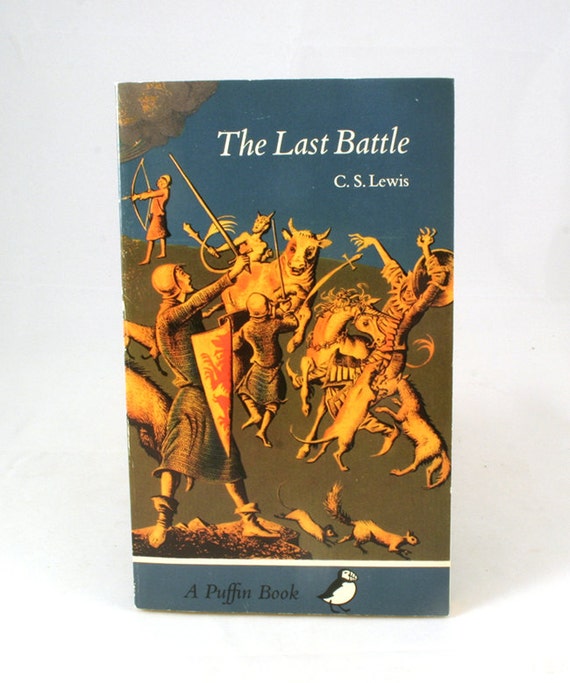


First, he tells them - in Aslan’s name - to gather the nuts that he loves. With Puzzle’s false Aslan by his side, Shift begins to order his fellow Narnians around. He then convinces Puzzle to impersonate Aslan, the Jesus-like leonine eminence of Lewis’s allegory, who has long been absent from the land.

Shift, who is filled with petty ambition - he can never find enough bananas or oranges at the local market and is always getting his best friend, Puzzle the donkey, to do all the dirty work - decides to turn the lion skin into a costume. Things begin to fall apart after a talking ape named Shift stumbles across the skin of a lion floating in a pool beneath a waterfall. Puzzle the donkey wearing a lion skin, and Shift the ape from the C.S. Often overlooked if not dismissed for its colonialist racism, The Last Battle won the 1956 Carnegie Prize, Britain’s top literary award for children’s books.Īccording to Lewis, the end of Narnia - a land of talking beasts and magical creatures that the Oxford don invented at the beginning of World War II - begins in a time of peace and leisure. Lewis, the Christian apologist and beloved children’s author, warns in The Last Battle, the flawed final chapter of the Chronicles of Narnia, which I found myself rereading as 2020 dwindled down to its last days. It can all happen in what seems like the blink of an eye, as C.S. (RNS) - The end of the world begins with a con. A little lie, told by a petty grifter, who is willing to betray his friends and neighbors for a few small pleasures, leads to another lie, and then another, and finally to the unraveling of the ties that bind us together.Īs the old camp song goes, it only takes a spark to get a fire going.


 0 kommentar(er)
0 kommentar(er)
